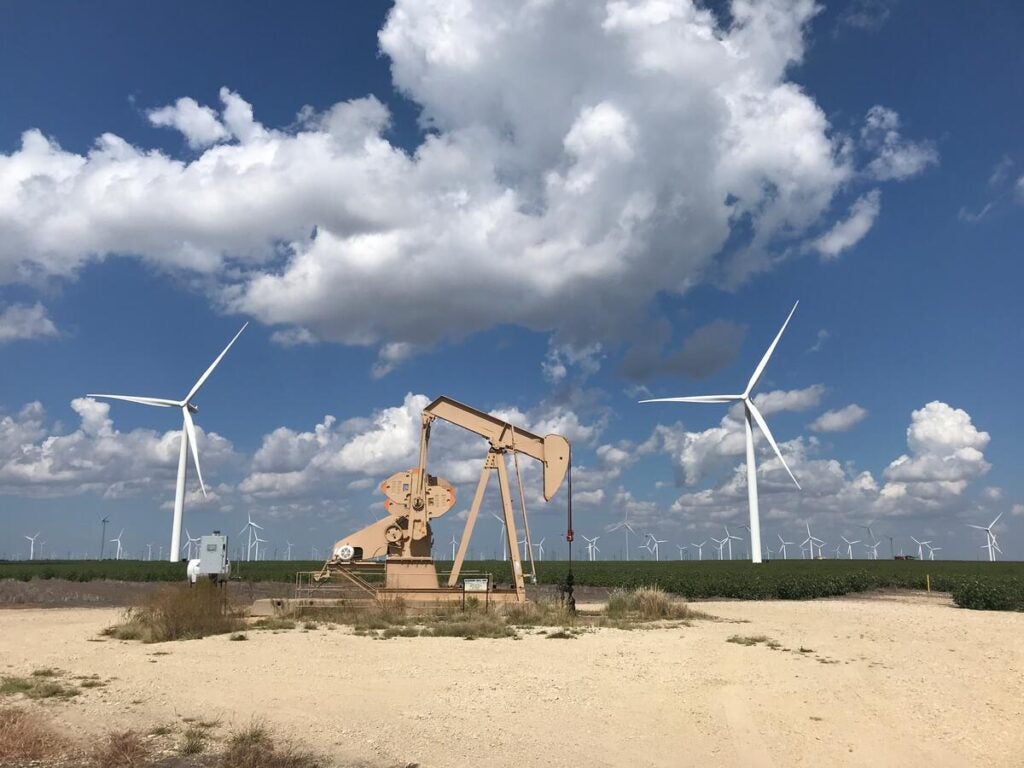Stars, stripes, and fixin’ pipes: this Independence Day let’s celebrate Wyoming’s methane opportunity
By John Rutecki & Sean Hackett
- Wyoming has historically embraced responsible stewardship of the land and resources, and should now apply that principle to methane emissions from oil and gas.
- This will keep their energy exports competitive globally, encourage job growth in the methane mitigation industry and lead to cleaner air. Several operators in the state are already showing that lower-emissions production is possible and affordable.
Responsible stewardship — wisely using what we have and not squandering opportunity — has always guided Wyoming’s best decisions and helped protect its natural beauty. As Governor Mark Gordon said at the recent Wyoming Energy Authority’s Next Frontier Energy Summit, “We love clean air and water. I believe in the right of this generation to use resources — but not their right to be wasteful.”
Stars, stripes, and fixin’ pipes: this Independence Day let’s celebrate Wyoming’s methane opportunity Share on XWyoming leaders like Governor Gordon have long championed a practical, forward-looking approach to energy development that reflects the principle of responsible stewardship by valuing natural resources, investing in communities and securing the state’s role as a cornerstone of America’s energy independence. By applying responsible stewardship to reducing methane waste and verifying lower-emissions gas, the state can turn this deep-seated conservation ethic into a global competitive advantage.
This is a pivotal moment for energy exporters. Around the world, demand for verified cleaner energy sources is rising, with producers, investors and governments alike increasingly prioritizing a lower emissions footprint. This includes Japan and South Korea, the 2nd and 3rd largest importers of LNG globally, who expanded their CLEAN initiative late last year. The CLEAN initiative is aimed at reducing methane emissions in the global LNG value chain and demonstrates the growing demand for lower-emissions gas. Wyoming could meet that demand — if its leaders continue to act on cutting wasteful methane emissions.
Wyoming has a history of leadership on methane, with requirements for green completions, strong new source rules and pioneering rules to protect air quality and reduce emissions in the Upper Green River Basin. Unfortunately, the state’s emissions remain stubbornly high due to unnecessary methane waste.
Independent observation showed the Upper Green River Basin’s methane emissions and loss rate remain well above industry best practices. Wyoming can avoid wasting resources with strong implementation of the EPA Existing Source Rules passed in 2024, which will reward the state’s responsible operators by leveling the playing field. Commonsense statewide MMRV (Measurement, Monitoring, Reporting, Verification) standards will give Wyoming gas a strong reputation around the globe and provide cleaner air for the state’s 580,000 residents.
These standards would also bolster the rapidly growing Methane Mitigation Industry that manufactures and deploys the technologies used to reduce methane waste. This industry is taking off in Wyoming — there are 20% more companies and 90% more employee locations in the state today than 3 years ago. These good-paying jobs lead to cleaner air, can’t be offshored, and offer a great way for energy workers to put their skills to work making operations more efficient and cost-effective.
Transparency and verification of natural gas emissions are quickly becoming a competitive advantage for operators. International frameworks like OGMP 2.0 and a growing arsenal of cost-effective measurement technologies provide operators, analysts, and policymakers with a comprehensive picture of a basin’s total emissions and how they change over time. This is information that purchasers and consumers want.
We’ve seen leading Wyoming operators achieve success with this approach. For example, companies including Jonah Energy and Purewest are already embracing this new norm by signing onto OGMP 2.0 and investing in the necessary tools to provide credible, data-driven emissions reporting to buyers.
One way Wyoming decision-makers can ensure that the state’s energy sector keeps pace is to align its policies with these major global standards and technologies that will define the market’s future. Providing all operators with a roadmap and clear expectations will prepare them to be competitive — and win — in the growing market for lower-emissions energy.
Raising the floor for energy production standards is essential for making an “all-of-the-above” energy strategy effective so that Wyoming’s natural gas exports continue providing vital jobs and tax revenue for the state.
Governor Gordon said that the state has an opportunity to “drive through to a future that is efficient, that is environmentally sound, that has a mix in the energy portfolio — everything from renewables in the appropriate place to fossil [fuels] done right to nuclear done right.”
Reducing methane leaks and waste is environmentally sound: it means cleaner air and a competitive advantage. Putting commonsense standards in place around the state is efficient: utilizing practical solutions to capture more sellable product is good economics and wise stewardship of Wyoming’s natural resources.
With the right monitoring tools, a strong regulatory environment, bold standards, and innovative leadership, Governor Gordon can ensure that the state does fossil fuels right and stays ahead of the curve, delivering energy that the world wants for years to come — proudly and responsibly produced in Wyoming.











